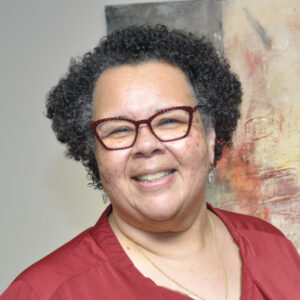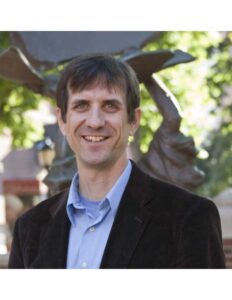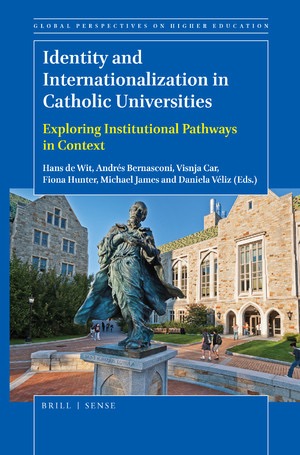student formation
Select an item by clicking its checkbox
In the late 1970s, the summer day camp hosted by my church was filled with children grades 1 to 6. The counselors, including me and my best friend Michele, were high school aged people. I taught Nature Studies and Michele taught Spanish. Along with these two subjects, the campers also took classes ...
As religious and theological educators, one way to encourage democratic formation among our students is to teach about democracy, especially about the historical relationship between religious institutions and democracy. Another way is to provide opportunities for students to practice democracy. In other words, we might consider how our classrooms and ...
“Resisting cultured despair” is a phrase from feminist ethicist Sharon Welch that captured my imagination in graduate school. It is a phrase, or rather a disposition, that named for me my experience with the paralysis (and the privilege) that often prevent us from moving beyond critical description (what is going ...
In a previous post on this blog, I reflected on a common misperception among students preparing for ordained ministry and other leadership roles in Christian community: that studying theology in a formal sense is not of obvious utility in pursuing and exercising one’s larger vocation. I offered several reasons ...
Date Reviewed: April 15, 2020
Based primarily on case studies, Identity and Internationalization in Catholic Universities brings readers a global perspective on the ways in which Catholic universities are grappling with questions of identity and internationalization. Although many books are limited to a single country or region, this edited collection includes contributions from Latin America, the United States, Asia-Pacific, and Europe. The result is an informed and global account of institutional and socio-political experiences that are shaping and being responded to by Catholic universities today.
This book would be helpful for several audiences. Most obviously, this book would benefit administrators in Catholic higher education who regularly face questions not only of identity and internationalization, but also questions of academic rigor, institutional relevance, and others that the various contributions explore in different ways; this book will put these administrators’ institutional commitments into conversation with other similar institutions. Also, because identity and internationalization are not unique to Catholicism, many universities of secular or other religious heritage would find these contributions insightful for their own institutional contexts. Additionally, Catholic centers that seek to advance issues related to multiculturalism, globalization, international collaboration, issues of common concern (such as climate change or peace studies), or Catholic identity would likewise benefit from learning the ways that these are being discussed among other Catholic institutions in a variety of cultural contexts. Finally, this book would help instructors of practical theology or religion and society courses to have a more global perspective on the ways identity and internationalization affect Catholic organizations. Equipped with this book, faculty could better explain the ways a shifting Catholic identity and a changing society affect Catholic schools, hospitals, nonprofits, and others.
Perhaps a more universal and unique contribution of this book is the frame that the introductory chapter provides for the forthcoming chapters. In walking readers though the impact of identity and internationalization within Catholic universities and providing insights for crafting a strategic plan to more intentionally address these, all of the above audiences are provided with practical ways to navigate the challenges they are facing. Likewise, the chapters that follow each illuminate the ways mission and vision are enabled or constrained by identity, internationalization, and the strategic plan of the university.
The editors could have expanded the reach of their book by providing more theory and analysis, the dearth of which is demonstrated in the lack of scholarly resources in many of the chapters. A more extensive theoretical base would have embedded the valuable empirical findings in a stronger theoretical frame, making the insights more portable to readers.
Still, my desire for a stronger theoretical underpinning to this collection does not take away from the fact that this book makes a valuable contribution to the conversations surrounding identity and internationalization in higher education. Identity and Internationalization in Catholic Universities is indispensable not only for those in leadership in Catholic higher education, but also for those leading Catholic schools, hospitals, nonprofits, networks, Bishops conferences, and other organizations that seek to make a distinctly Catholic impact in an increasingly global and pluralist world.




